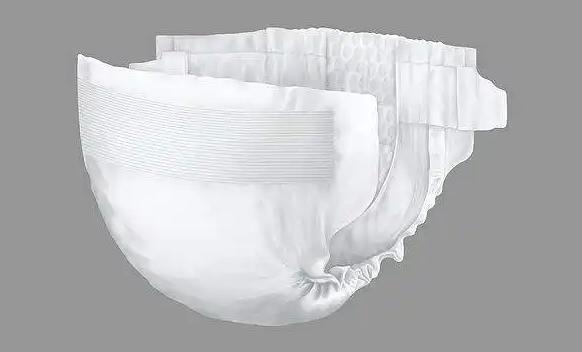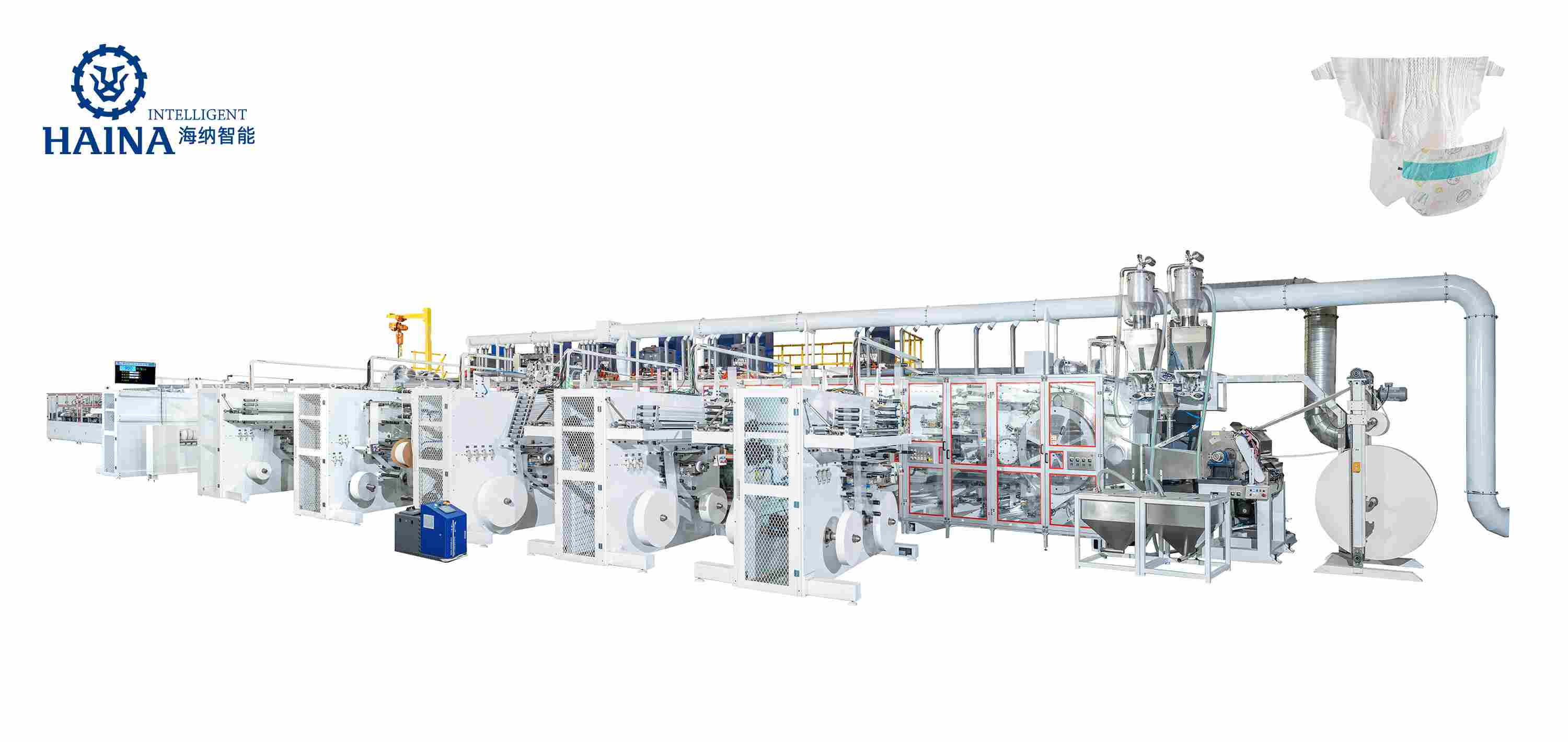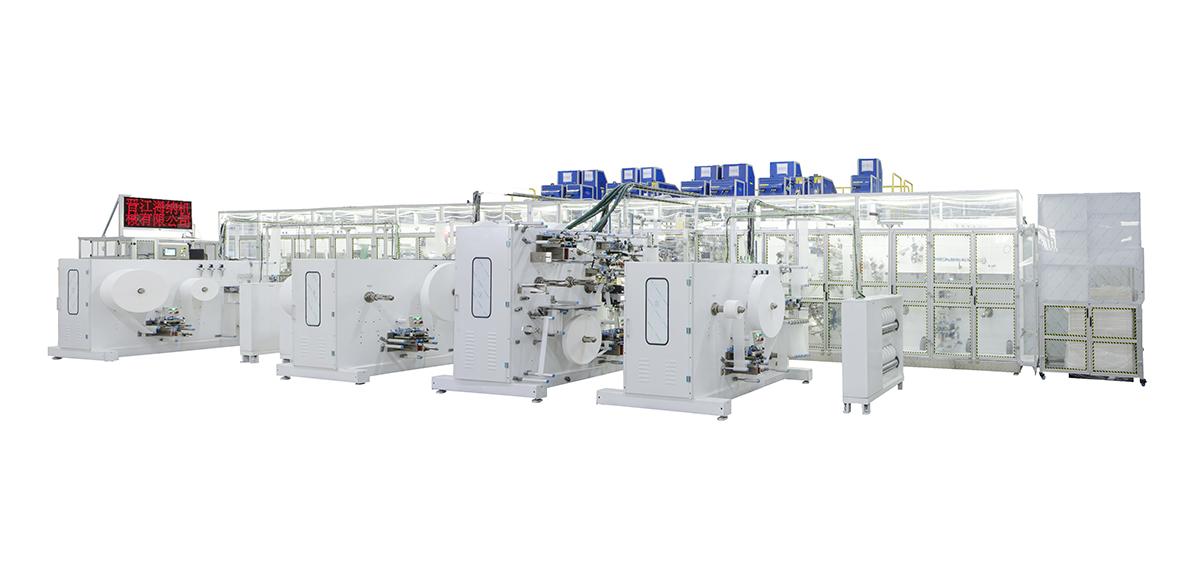Author:Haina Machinery Factory FROM:Diaper Machinery Manufacturer TIME:2022-03-28
Since the implementation of the diaper standard GB 28004-2011 in 2012, this standard has been implemented for more than 10 years, and the industry has experienced 10 years of development. The loopholes in these standards are increasingly exposed, and the birth of new standards is imperative. The last issue introduced the basic differences between the old and new standards. In this issue, I will give you a detailed explanation of one of the major changes and very important testing items—technical indicators. Today, let's explain in detail the "4 changes and 3 additions" of technical indicators.

"Deviation" indicator changes
In the old standard,the strip size and quality deviation of diapers are stipulated, but the new standard deletes the standard of size deviation and retains the strip quality standard. This is because the current diaper manufacturers basically use automatic production, so control the length of time. The width dimension has been very accurate, and according to the monitoring data of the National Paper Center and the daily production data of the company, the full length deviation and full width deviation are generally small, and it is meaningless to control the full length and full width deviation. It is only necessary to control the quality of the strip. The deviation can realize the assessment of product quality stability.
"pH" change
In the old standard,the pH value standard of infant diapers is 4.0~8.0. The new standard is changed to 4.0~7.5. The test solution is changed from the original distilled water or deionized water to normal saline. This is mainly because the super absorbent resin can absorb dozens of times of water equivalent to itself in the pure water environment, resulting in no free water at the end of the test, which affects the accuracy of the test. In the normal saline environment, the ability to absorb liquid will be inhibited, and there is still free water at the end of the test, which greatly improves the accuracy and operability of the test.
"Permeability" changes
The new standard replaces the slippage index with the absorption rate, and needs to detect the first absorption rate and the second absorption rate. The unified requirements for the rewet amount of diapers and diapers in the new standard are ≤15g, and the leakage amount of diapers is ≤1.0g, and the detection methods are also more stringent.
"Delivery Moisture" Changes
The delivery moisture did not change in the index,still require ≤10.0%,however, the new standard sets the delivery moisture as only the inspection items at the factory,no longer as other forms of inspection items.because after leaving the factory, it is more affected by the environment,there is a big difference in climate between the north and the south.So delivery moisture index,only as a factory inspection item.
Added "Side leakage performance"
indicator
The new standard adds the requirement of "anti-side leakage performance", which stipulates that diapers should have no side leakage on both sides, and since most diapers do not have leak-proof partitions, there is no such assessment standard.
Added Surface Attachment metric
The new standard stipulates that,surface layer attachments≤5pcs/piece.
Added "impurities" indicator
The newly added "impurity" indicator of the new standard is that impurities of 3.0mm²~5.0mm² should not exceed 2 pieces/piece, and impurities >5.0mm² should not be present.
The new standard will officially implement the formulation of the new standard on May 1, which can further improve the entry threshold of diapers, so that the quality of diapers can be more restricted from the "law"!





